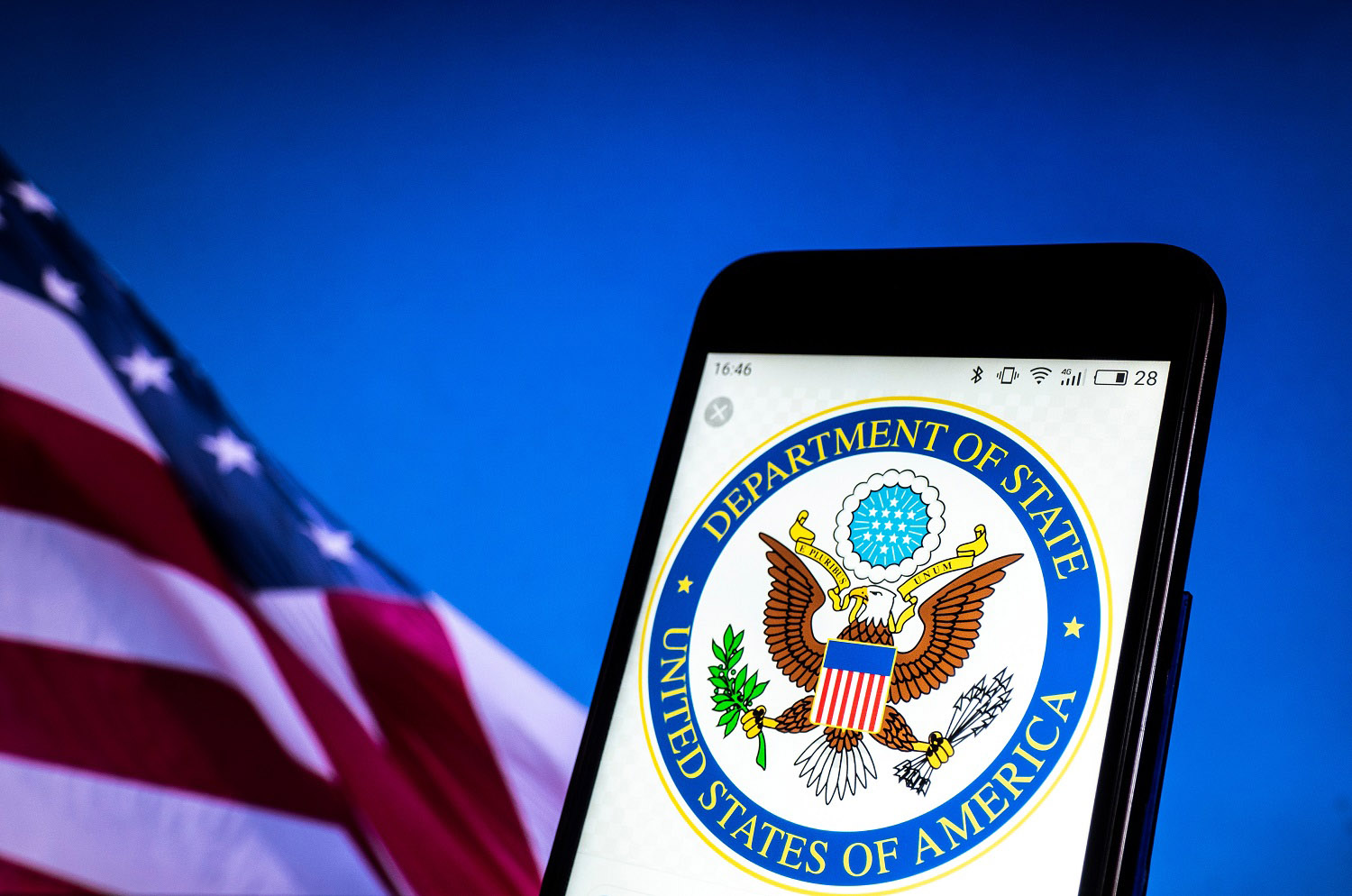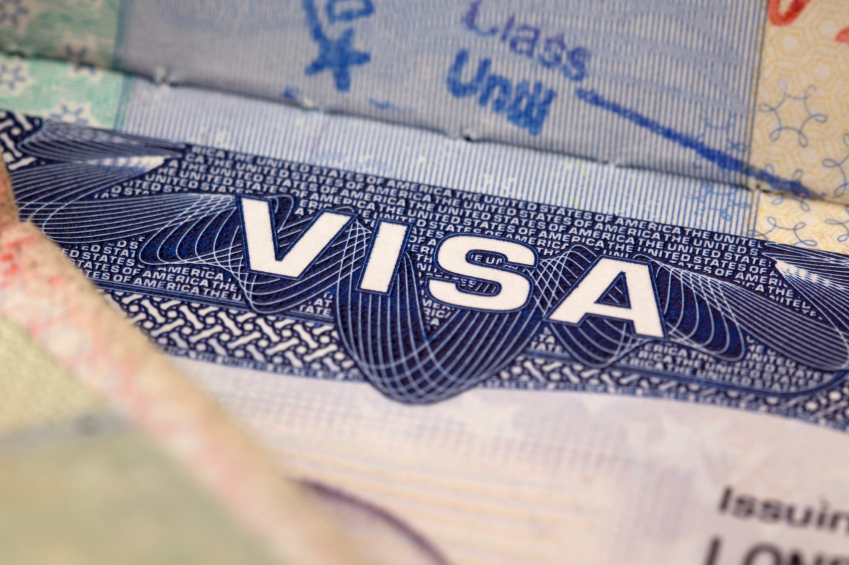With last week’s decision by the Trump Administration to extend the review period for permanent removal of long-standing sanctions on Sudan, the debate over the nature of future US engagement with Sudan will continue. As this month’s report of the Atlantic Council’s Sudan Task Force points out, US support for debt relief will be high on the Sudanese government’s agenda; such relief would unlock international financing that supports economic development and poverty reduction. What the report does not mention is that such relief would likely require significant new funds being appropriated by Congress. In light of proposed cuts to US foreign aid and doubts about Sudan’s human rights record it is hard to imagine the US Congress agreeing to any money for Sudan debt relief now. But in the event the necessary political support is established down the road, I offer three options for addressing the financing challenge.
Sudan’s Debt is 60 Percent of its Entire GDP
As shown in the most recent World Bank/IMF debt sustainability assessment, Sudan is in debt distress. At end-2015, it had $48.2 billion in external public and publicly guaranteed debt, equivalent to roughly 60 percent of the country’s gross domestic product. 86 percent of the debt was in arrears. The Paris Club group of creditors accounted for almost $18 billion of the total, and the United States is reportedly the third largest Paris Club creditor. Virtually all the debt owed to the United States is in arrears.
Sudan is one of three remaining countries that are eligible for comprehensive debt relief under the HIPC Initiative , launched in 1996 (the other two are Somalia and Eritrea). Sudan’s access to debt relief is also a key element of the cooperation agreement with South Sudan. Under the 2012 agreement, Sudan agreed to retain all the external liabilities of the two states contingent upon a commitment from the international community to provide Sudan with debt relief within two years (the deadline has since been extended). This debt relief would allow Sudan to normalize relations with its creditors, including the international financial institutions (IFIs). The IFIs would then be in a position to finance development projects.
No HIPC debt relief without US participation
The HIPC debt relief process is extraordinarily complex, requiring a number of actions by creditors and the intended beneficiary. A key early step in the process is an IMF request for assurances from the Paris Club creditors that they will be in a position to provide preliminary debt relief (using so-called “Naples terms of treatment”). Without these “financing assurances” the HIPC process stops. Unfortunately for Sudan, the US is not currently able to provide such financing assurances as discussed below, and the likelihood for being able to do so down the road is bleak.
Roadblocks to US participation
While the US Congress has passed various laws that constrain any US support for the Sudanese government, there does not seem to be any provision that would bar bilateral debt relief, providing certain conditions are met and the necessary funds are appropriated. For example, the annual appropriations bill generally includes language prohibiting the use of funds for debt relief for Sudan, but it provides exclusions such as “assistance to support implementation of outstanding issues of the Comprehensive Peace Agreement [with South Sudan].” Presumably debt relief funds could be covered by this exclusion. A more significant obstacle is Sudan’s designation as a state-sponsor of terrorism, but there are reports it may be removed from the list and, in any case, the President has the authority to waive any legislative restrictions associated with such a designation.
The primary roadblock to US participation is lack of funds to cover the cost of debt relief. Under arcane US government accounting rules, the US government agencies that lent money to Sudan decades ago must be compensated for writing those debts off. According to the US Foreign Credit Reporting System, roughly 60 percent of what Sudan owes is held by the Department of Defense and 40 percent by the Department of Agriculture. And the amounts owed are increasing every year due to penalties and interest. Even though there is virtually no chance that Sudan will ever make payments, there is a residual value—the expected net present value—that will be calculated at the time the debt is written off. In the case of Sudan, this could amount to as much as $350-400 million by the end of FY2019.
Where to Find $400 Million for Debt Relief
The customary process for securing the necessary funds for HIPC debt relief is for the US Treasury Department to request the money in its portion of the overall foreign assistance request (once the budget is signed into law, Treasury dispenses the money to individual agencies to cover the debt relief costs). $400 million would represent a 25 percent increase over the FY2018 request, and the largest single amount ever requested for bilateral debt relief. In light of current budget constraints and the prospect for cuts to foreign assistance, it is implausible to think that there would be widespread support for any such request. (In fact, it should be noted that the Trump Administration FY2018 budget proposal did not include language from the Obama Administration budgets that contemplated transfer of funds from the State Department for this purpose).
I offer three possible options for the Administration and Congress to consider:
-
Follow the usual procedure, with Treasury requesting funds in its budget submission—presumably for FY2019—while explaining that the request is an anomaly that does not reflect an ongoing program.
-
Make the agencies that extended the loans cover the costs of debt relief in their own budgets. In the case of Sudan, the Department of Defense and USDA would take the hit. In view of the shrinking foreign assistance pie, it doesn’t seem right that Treasury Department would have to cover the costs of bad loans extended by these other agencies.
- Ask Congress to waive the statutory requirements for funding debt relief for Sudan and strike it from the US books without an appropriation. There are sound arguments for providing such a waiver given the unique circumstances involved and it may be the only politically feasible option.
Doing nothing is not a viable option. If sanctions are permanently removed, pressure will immediately build to provide Sudan with debt relief so it can resume borrowing from the World Bank and other international financial institutions. Not only would the image of the United States, which has the largest economy in the world, be further tarnished by reneging on its past debt relief commitments, but the US would be accused of walking back from debt relief commitments made in the context of the Sudan-South Sudan cooperation agreement. This could exacerbate tensions in the east Africa region and weaken Sudan’s interest in working with the United States on regional conflicts and the threat of counterterrorism, among other issues.
Disclaimer
CGD blog posts reflect the views of the authors, drawing on prior research and experience in their areas of expertise. CGD is a nonpartisan, independent organization and does not take institutional positions.




